Project Intake: Is training the solution? Do we have the resources we need?
Problem
How do we streamline the learning requests sent to our team, making sure we have the right resources/expertise to deliver solutions that will move the needles & achieve business goals?
Solution
A learning project intake form. It asks the business to think more thoroughly on performance/measuring goals. The learning team could also save time by not having to ask those questions on a kickoff call.
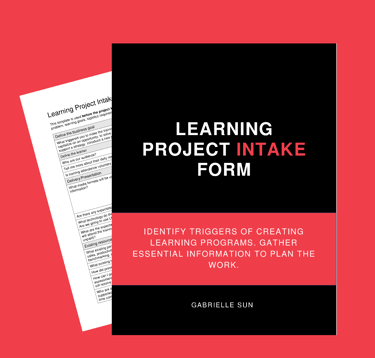

Kickoff Meeting: Align stakeholders and check essential questions off your list
Problem
Usually, we ONLY have 30 mins for a kickoff meeting, during which we need to get through a million questions ... How could we maximize our time with SMEs and get everything we need to proceed further?
Solution
A complete kickoff checklist to help instructional designers organize their questions around business and current state, future state, consumption, SME, and other resources
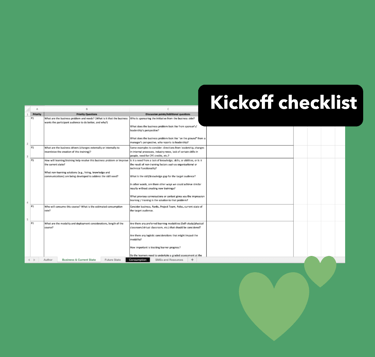

Needs Analysis: Define the problem and identify the solution
Input
Quick understanding of the project requirements
Process
Needs analysis workshops that gather 'job-to-be-done' information
Challenges
Limited time with SMEs
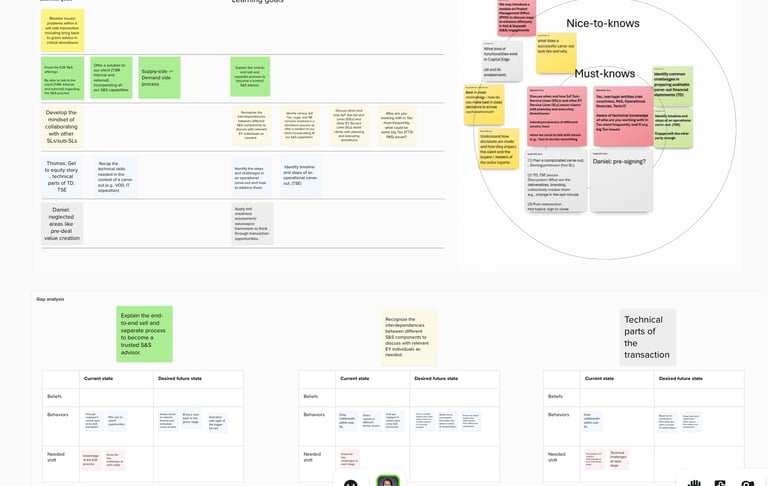

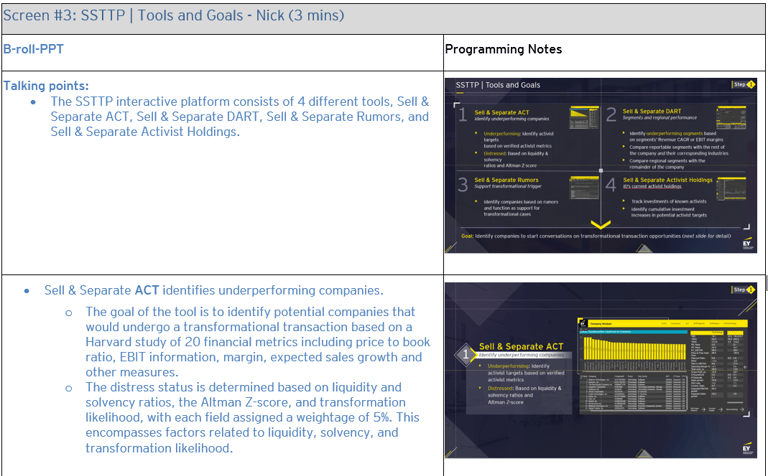

Design phase: Lesson blueprint, detailed design specs, Storyboarding
Lesson blueprint
Once we finish the skill needs interview. The findings/results will be summarized into a Content Map (making sure the goals align with practice/assessment opportunities and that we present people with adequate content/instruction to set them up for success. If it is a multi-part program, a learning path will also be created.
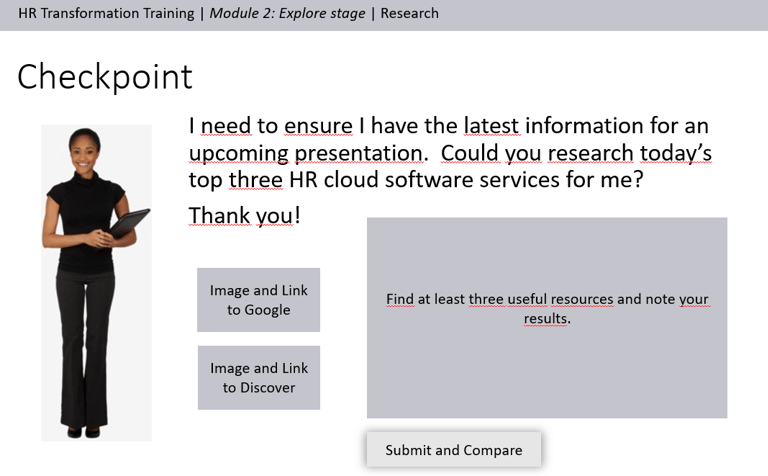

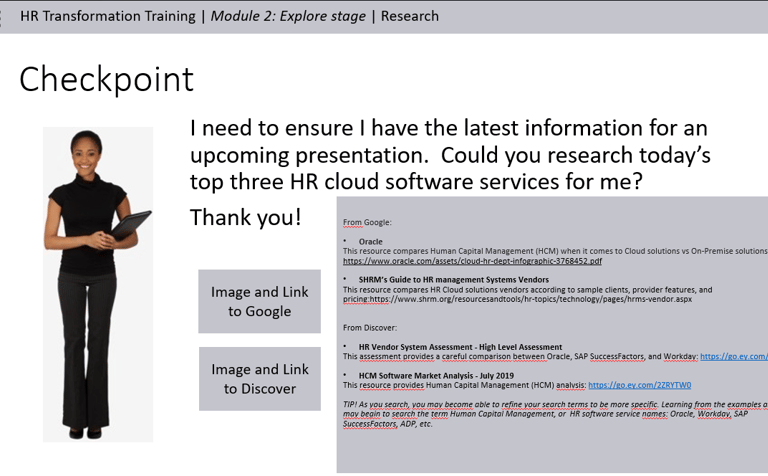

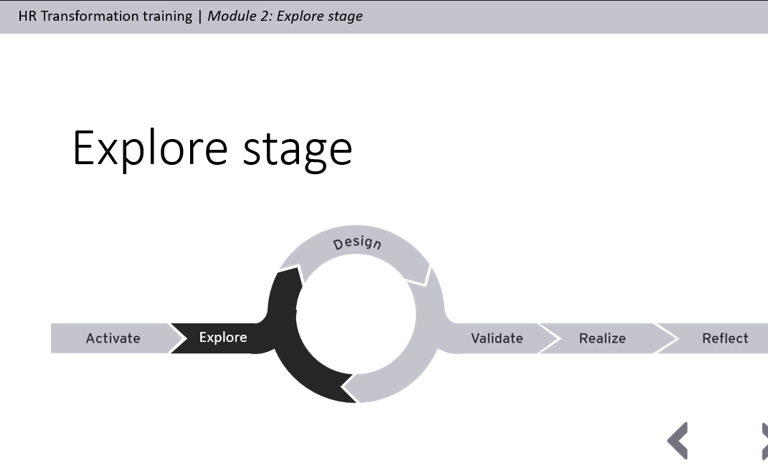

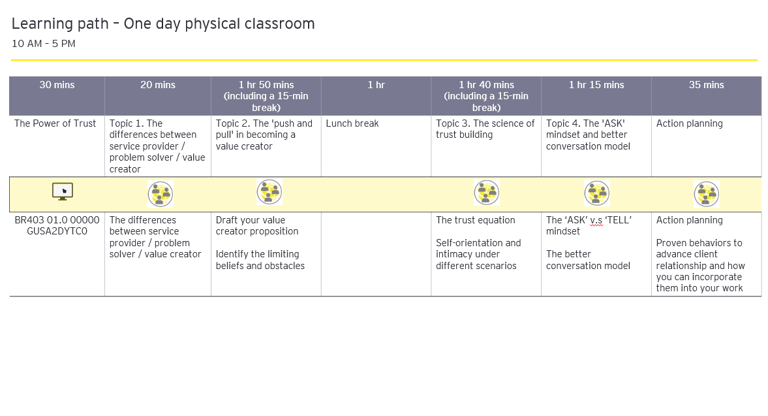

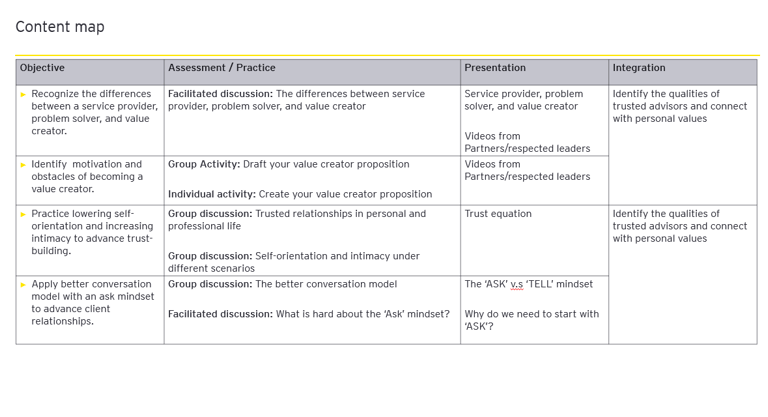

Detailed design specs
Once the SMEs approve the learning path and content map. I continue to craft/prototype the structures of key activities.
Left side Text-based activity structures (e.g., scenario - ask - debrief), for SMEs to fill in/review
Right side Storyboard-based activity structures (e.g., scenario - ask - debrief), and specific asks for SMEs to review
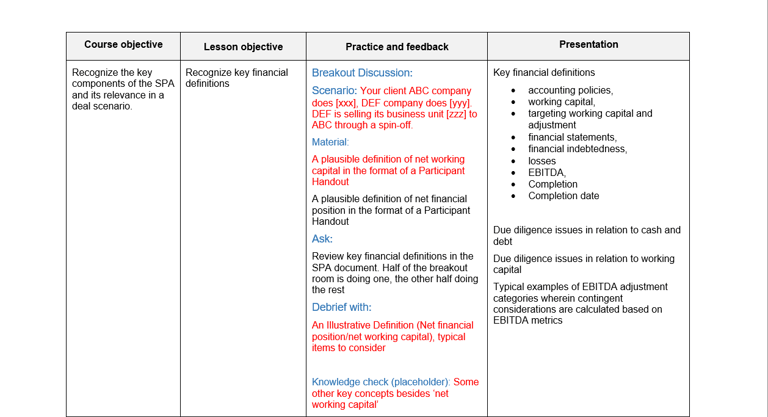

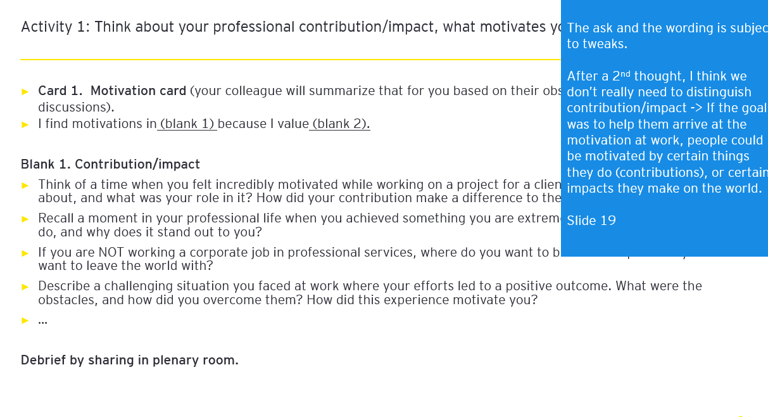

Storyboard / Pre-alpha
Video storyboard: On video storyboards, I usually outline the speaker notes, on-screen visuals, types of screen (A-roll, B-roll)
e-Learning storyboard: On eLearning storyboards, I usually outline the visual blocks (e.g., buttons, textarea, diagrams)
Slides pre-alpha version: On (v)ILT pre-alpha, I usually outline image placeholders, presentation content, activity structure (usually contain placeholders) for new build slides. I will also include existing slides if applicable.
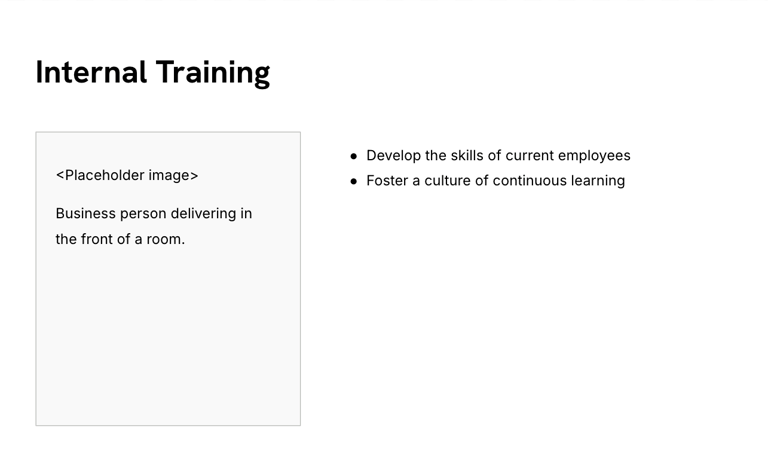

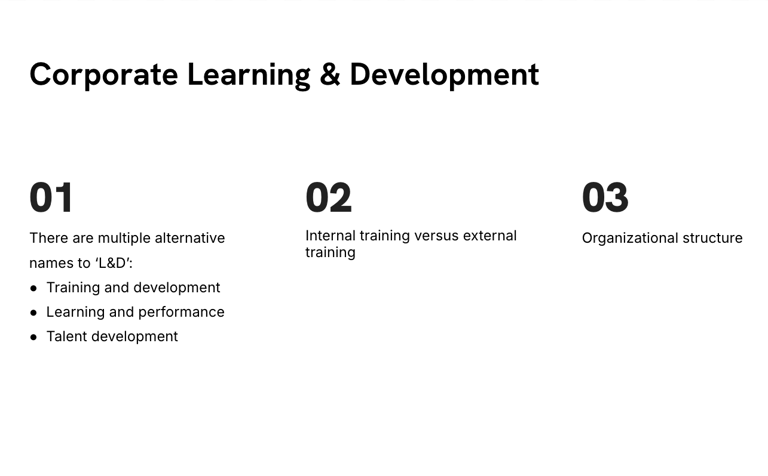

Development: Mood boards and art styles
Imagery boards for eLearning/slides
Do we go with photo-realistic or illustration? What themes of imagery do we use?
Development: Authoring tools
Tools: Once the visual mockups have been approved by the client, I decide on the authoring tools that will bring the visual assets to life.
eLearning: Articulate Storyline/Rise
Video: Adobe PR, Vyond, Synthesia, HeyGen, Clueso, Demo Creator
Instructor-led: MS PowerPoint, Google slides


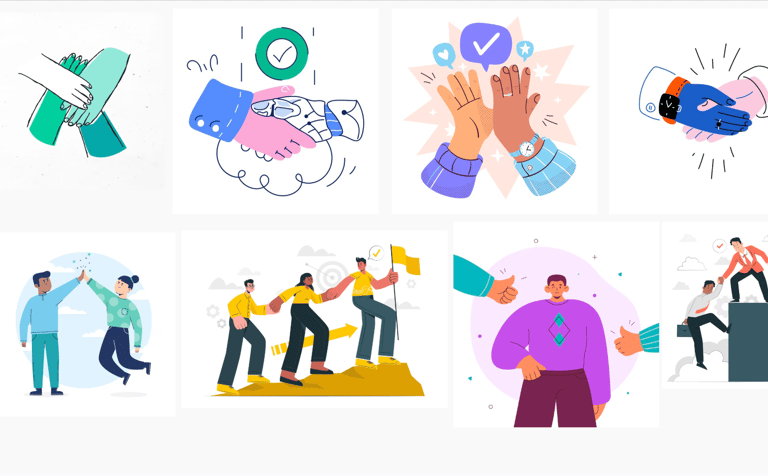

Art direction
The client selects 'pawn' as the theme for imagery. Shall we go with dark or light version?
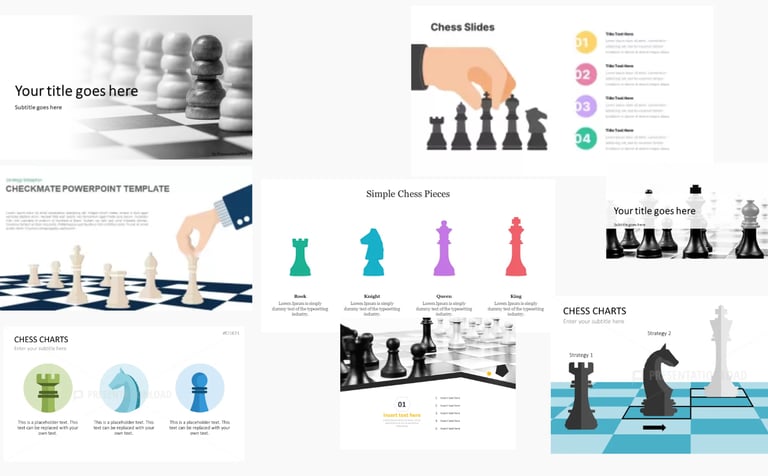

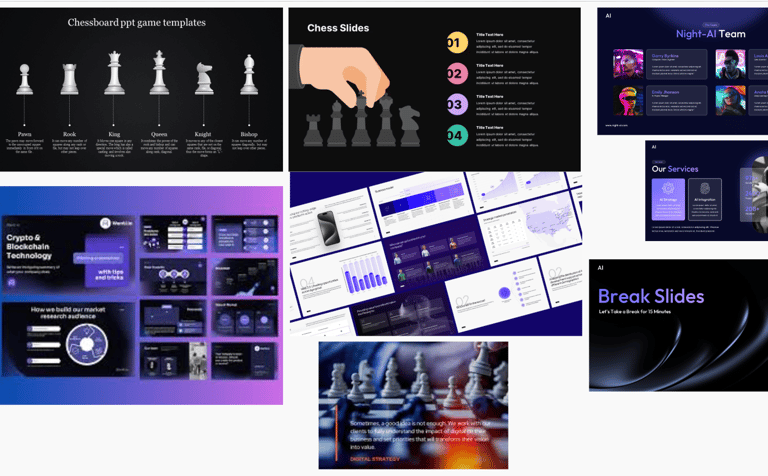



Design of key activity slides
Once I get inputs from clients on what they want to have as a slide theme, I begin to design slides for key activities (e.g., Chat, Group discussion, Debrief, Q&A)
Quality check
SCORM & Learning Management System: Once I gather SME feedback and make final revisions to the course, I export it as a SCORM file and upload it into a SCORM-compliant Learning Management System. This project was uploaded into Skilljar as a SCORM 1.2 file. I collaborate with the company's corporate marketing stakeholders to market the new course in alignment with marketing methodologies and GTM strategy.
Once the learner completes the course, they're guided to a 3-question knowledge check. The knowledge check was built in Skilljar using the quiz feature. Questions include both positive and negative feedback depending on the learner's response, along with cues to try answering failed questions again. The questions scaffold in order of the learning objectives.
Implementation
SCORM & Learning Management System: Once I gather SME feedback and make final revisions to the course, I export it as a SCORM file and upload it into a SCORM-compliant Learning Management System. I collaborate with the company's corporate marketing stakeholders to market the new course in alignment with marketing methodologies and GTM strategy.
Evaluation & Iteration: NPS / CSAT
Course Evaluation: The success of the course is evaluated in 2 ways: the 3-question knowledge check and the course feedback survey, which measures both NPS and CSAT scores. This survey also includes an open-ended response for any user feedback. Recall the performance goal and learning objectives for this training.
Performance Goal: Drive customer satisfaction for the List Page Analytics feature and training module. Drive product adoption of the new software feature.
Learning Objectives:
Comprehend the benefits of using List Page Analytics to improve current and future campaigns
Navigate the List Page Analytics time series graph
Identify 3 use cases for List Page Analytics
Apply information gathered from using List Page Analytics to inform and optimize current campaigns
Knowledge Check: The knowledge check informs me of the learner's retention of the knowledge and whether or not they are taking the actions we expected them to after taking the course. The results of these quizzes are available on Skilljar, where I can see both individual and aggregate quiz scores.
Course Feedback Surveys: Course feedback surveys inform me of customer satisfaction with the learning experience and predict business growth.
I review aggregate quiz scores on Skilljar and the average NPS and CSAT scores on a weekly basis for every course. By examining the overall scores and the trends over time, I'm able to determine if, how, and when a learning experience should be iterated based on these metrics. Since my performance goal for this learning experience is customer satisfaction and product adoption, I can rely on these metrics to assess whether or not the training met the performance goal.
